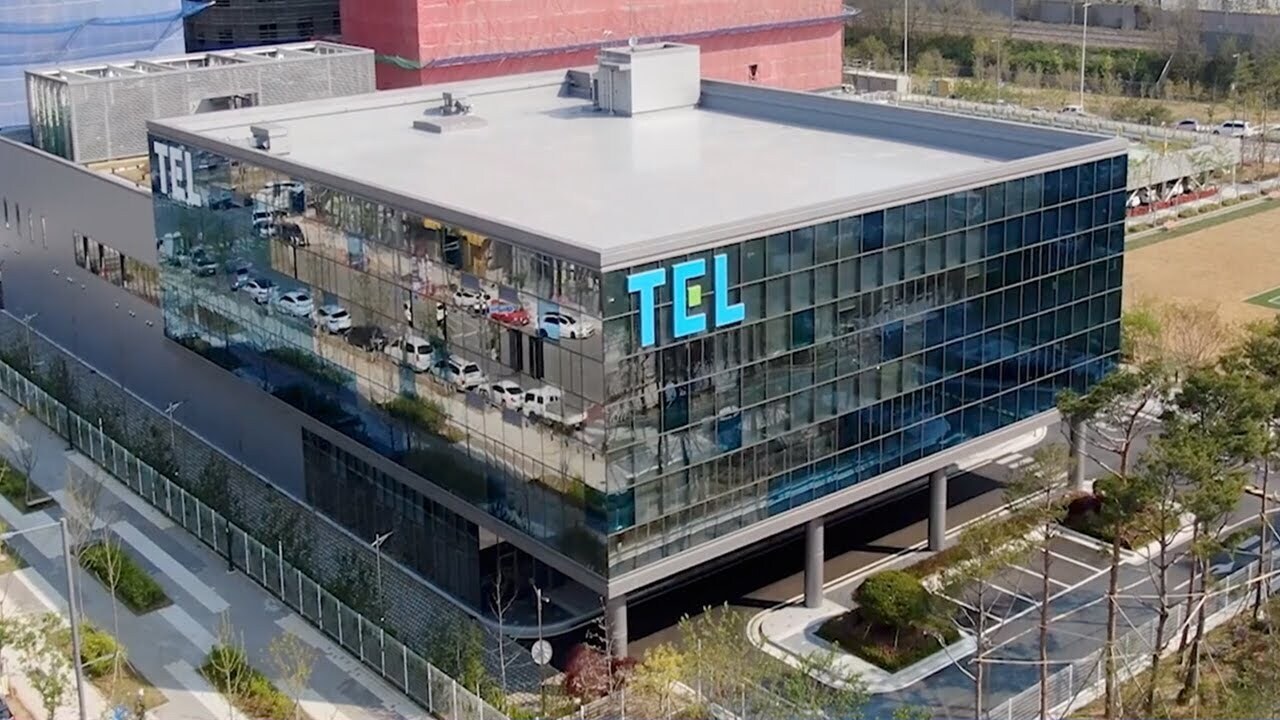Before working with Workday in 2016, it was not necessary that each regional office have the same HR system as the Tokyo Electron headquarters (HQ) in Japan.
As such, each office had their own system to report only basic information: number of employees, staff budget and information of its managers.
However, over time, even gathering this basic information was not efficient. Sorting the information from these different systems cost both the HR teams at HQ and in other country offices time and effort.
In addition, although HQ operated an on-premise employee management system, high expenses were incurred every time a bug fix update was required, and it was problematic when settings needed to be changed in accordance with legal revisions.
In order to continue to be one of the top manufacturers of semiconductor manufacturing equipment in the world, further improvement in human resource management and engagement on a global level is key.
Group Leader, HR Technology Group, HR Department
Efficient operations at a lower cost.
TEL first learned about Workday Human Capital Management (HCM) when working with a US company. Inspired by a US-style HR strategy, TEL strongly felt the need to renew its HR system.
It conducted a comparative study focusing on Workday HCM, which proved to have a global track record from the perspective of human resource management.
The decisive factors in selecting Workday in the end was the ability to introduce a unified system globally, a single platform architecture that allows simple operations, and that there was no individual operating burden because the system is automatically updated via the cloud.
In addition, costs could be kept much lower compared to the conventional HR system.
Benefits.
TEL first learned about Workday Human Capital Management (HCM) when working with a US company. Inspired by a US-style HR strategy, TEL strongly felt the need to renew its HR system.
Employing the new system, TEL also took the opportunity to review the HR management system and reform its rating and evaluation systems and organisational structure. By unifying grades and evaluations globally, it is now easier to carry out human resource evaluations and changes across countries. Workday HCM allows the visualisation of human resources and provides the following results.
Results.
Full-scale global utilisation is yet to come, but HR tasks have already improved in efficiency.
In particular, data collection and analyses are now easier while understanding organisation structure and employee placement is straightforward.
Furthermore, TEL appreciates the system’s high level of security. Now it’s possible to centrally control the display of information by setting the access authority by job title and range of responsibility.
There were three major achievements:
- HR Management and engagement are now consistent globally
- Data utilisation permeates throughout the organisation
- Productivity of human resources work has improved
HR management and engagement are now consistent globally.
By unifying the HR system globally, Workday HCM made it possible to review country-specific employee evaluations on the same criteria.
The competitiveness of the company has improved by grasping the evaluation ratio of human resources by country and globally optimising resource allocations that allow the employees to show their abilities.
The company also plans to utilise Workday Learning in the future. On the previous system, talent information and educational results could not be directly linked.
With Workday Learning however, the following HR development will be possible:
- Skill judgement based on training completion status
- Level judgement by skills acquired
- Human resource management with globally unified criteria
Planning the training sessions is easier, and it will now be possible to place the right person in the right place based on the training. Also, costs are reduced by unifying to Workday Learning globally.
Data utilisation permeates throughout the organisation.
Initially, only managers and above could use Workday HCM. However, since 2019, access was open to all employees and they have started to set their own goals, conduct evaluations and provide feedback.
In Japan, it is required to determine the desire of an employee’s transfer via a survey. IT personnel were needed to set this up and tabulate answers in a different application. But with Workday HCM, HR employees can do this themselves, leading to process simplification and shortening of working hours.
“Three years have passed since its introduction, and data has been accumulated. In the future, we’d like to further enhance HR management operations by utilising analytics functions such as turnover risk alerts”, says Koji Nagata, Senior Specialist, HR Technology Group, HR Department.
Improving productivity of HR-related work.
With Workday HCM being mobile-optimised, managers can access it from anywhere. Approval requests can be granted immediately even when they are out of the office. Minor corrections can also be made to applications even after approval, making HR processes more efficient.
Time spent gathering data has also been shortened from a month to just a few hours. HR staff can now spend significantly more time on meaningful strategic HR operations, such as activities for strengthening engagement with employees to reduce turnover.
A series of operations such as data collection, tabulation and confirmation can be done in one place, and the man-hours for human resource operations have greatly been reduced.
Senior Specialist, HR Business Partner Group, HR Department

